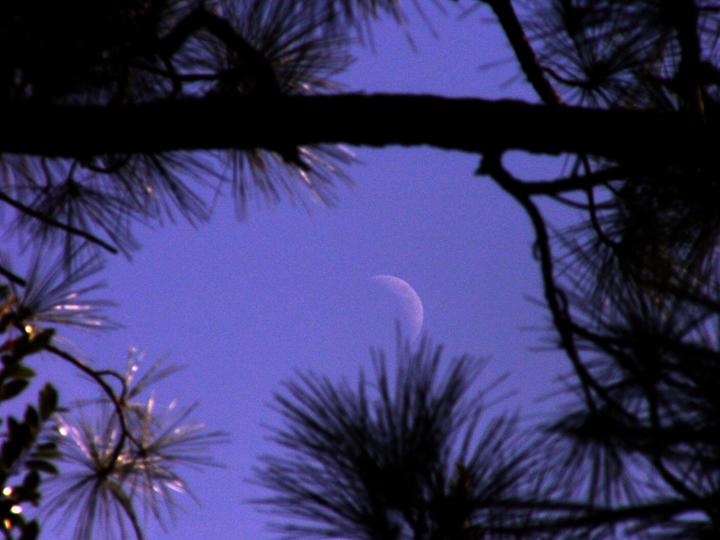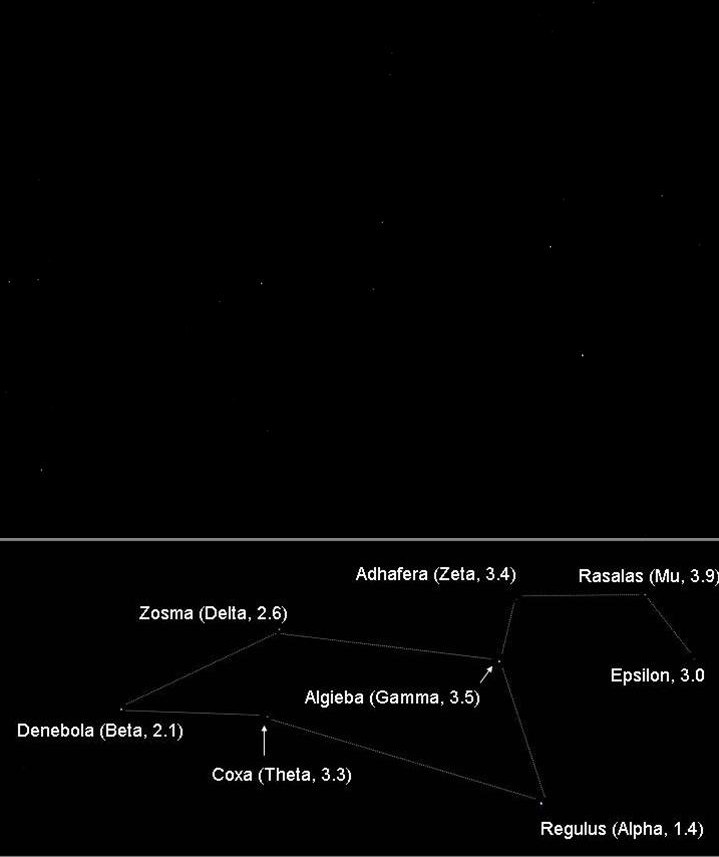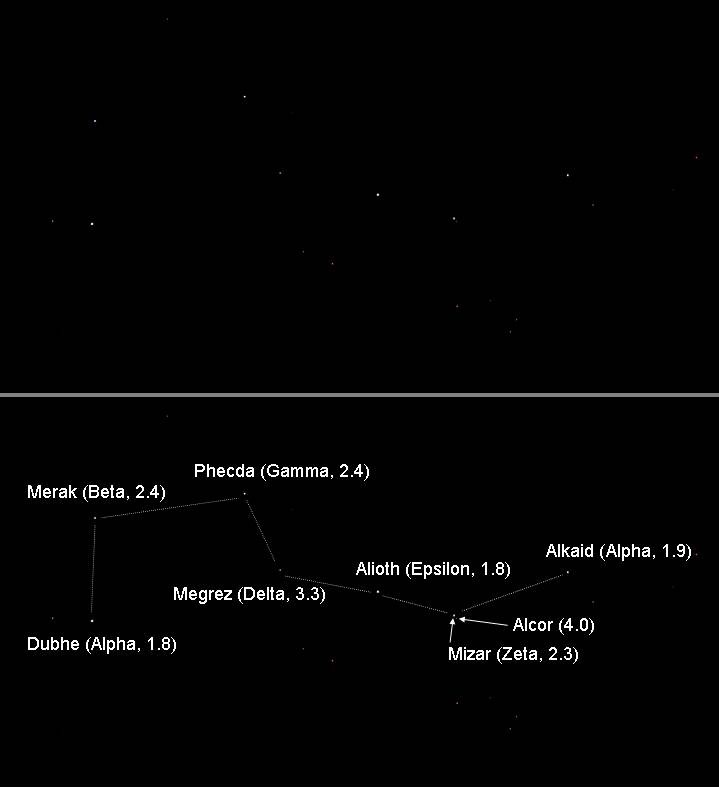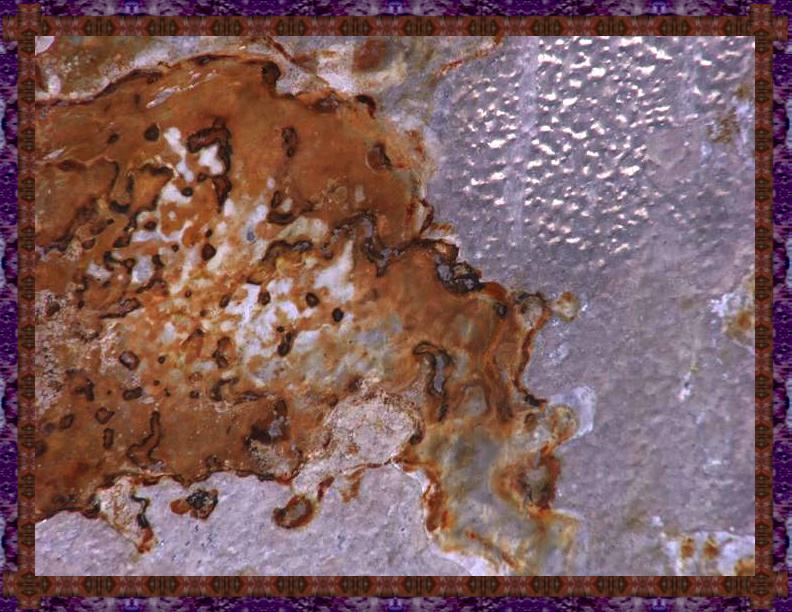Happy Perihelion

Photographed shortly before 1 PM, the Moon slightly trailing the Sun in the middle of the day. I had used my camera's darkest available settings and further darkened the shot on my computer, bringing out the contrasts.
Today the Earth is at Perihelion, its closest approach to the Sun over the course of the year. Up north I felt I could sense the increased speed with which the Earth whipped around the Sun -- it seemed to take the days less time to grow longer than it had for them to lose light after the Summer Solstice. (The Southern Hemisphere experiences the opposite effect.) Here in the tropics, with our shortest days still an hour or more longer than they'd been in Boston (and our longest days equivalently shorter), I am not as conscious of the extremes of light.
Especially since I am finding more and more to appreciate about the darkness....
I was out between 5:30 and 6:00 this morning, continuing my quest to get some decent shots of the constellations. By and large my viewfinder does not pick up the stars I'm photographing, so I take my best guess when aiming. (Clicking on the photos will bring up a larger view.)

When I downloaded my Leo shots the body looked right but the head (the Sickle shape) seems too shallow; it should look more like a backwards question mark. I might have those stars (Epsilon and Mu) mislabeled, but no amount of tweaking could get me a head that looked right.
(Information on Leo and the Big Dipper is from the National Audubon Society Field Guide to the Night Sky.)
Leo, the Lion, "was recognized as a lion by the ancient Sumerians, Babylonians, Persians, Syrians, Greeks, and Romans." It was a horse to the ancient Chinese, a puma (some believe) to the Incans. Around November 16 the Leonid meteor shower radiates from this constellation.
Regulus, Latin for "little king," is Leo's brightest star (magnitude 1.4). The body, going clockwise from Regulus, includes (in this shot):
Coxa (magnitude 3.3), Latin for "hip." Less often it's called Cheratan: Arabic for "two small ribs."
Denebola (magnitude 2.1) is Arabic for "lion's tail."
Zosma (magnitude 2.6), "the girdle," is "a misreading of its older, more appropriate, Greek name, which meant 'hip.'"
Algieba (magnitude 3.5) is a binary star. Its name is Arabic for "the brow" or "the forehead," though most Western depictions show it as the lion's mane.
Algieba also marks the start of the Sickle, which includes (going up and clockwise):
Adhafera (magnitude 3.4) is Arabic for "lock of hair."
Rasalas (magnitude 3.9), at the top of the Sickle, is Arabic for "northern part of the lion's head."
Epsilon (magnitude 3.0) is the eye of the lion.
As I photographed Leo I caught sight of (and unsuccessfully tried to photograph) two artificial satellites. The first traveled across Leo. According to Heavens Above this was the Cosmos 1842 Rocket, headed south. The second artificial satellite, in the western part of the sky and headed north, was the Cosmos 1980 Rocket.
According to Anatoly Zak's Russian Space Web, Cosmos 1842 (a Tselina D rocket) was launched on April 27, 1987 and Cosmos 1980 (a Tselina 2 rocket) on November 23, 1988. Tselina means "Virgin Land." Writes Zak:
"By the beginning of the 1970s, the operations of the first generation electronic intelligence spacecraft allowed TsNII KS, a 'think tank' of the Soviet space forces, compiling a map of the potential targets of radio emissions.
"The Soviet military expected to obtain even more detailed picture on its electronic targets with the next-generation system, which was under study since March 1973. In the first quarter of 1974, the same industrial team, which built Tselina O/D network, completed the preliminary design of the follow-on ELINT system, designated Tselina-2, or Tselina (2)."
Having such clear skies continues to thrill me. I never expected to be able to see so many artificial satellites, or to look up into the Milky Way from my back porch.

The Big Dipper (part of Ursa Major, "The Great Bear") consists of circumpolar stars "noted by poets from Homer to Spenser, Shakespeare, and Tennyson. They are mentioned in the Finnish epic Kalevala and appear clearly in a painting by Van Gogh.... Native American tribes (including the Algonquian, Narraganset, and the Housatonic) also saw a bear among these stars." The Egyptians saw a bull's thigh in the dipper; in ancient China it was Tsieh Sing, "the government."
Going from the tip of the bowl to the tip of the handle are:
Dubhe (magnitude 1.8), Arabic for "bear."
Merak (magnitude 2.4), Arabic for "flank" of the bear. These first two are called "pointer" stars, because if you continue the imaginary line from Merak to Dubhe for about 5 times their distance from one another, you will reach Polaris, the North Star. Polaris marks the tip of the handle of the Little Dipper.
Phecda (magnitude 2.4), Arabic for "thigh" of the bear.
Megrez (magnitude 3.3), Arabic for "root of the tail" of the bear.
Alioth (magnitude 1.8), Arabic for "bull." The word derives from the name of an older Arabic version of the constellation.
Mizar (magnitude 2.3), Arabic for "groin" of the bear. Mizar is also an optical double. If Mizar were the center of a clock face, at about the 5 o'clock position in this shot (11 o'clock when the dipper is seen right side up) there is a very faint star called Alcor (also called 80 Ursae Majoris). Alcor's magnitude is 4.0. An older version of its name, Suha, is Arabic for "the overlooked one." Both the Arabs and Native Americans used Alcor as a test for eyesight. (Alcor is visible in this larger shot.)
Alkaid (magnitude 1.9), also called Benetnasch. Both names are Arabic for "chief of the mourners."
While the pointer stars of Merak and Dubhe help you to find Polaris and the Little Dipper, the handle of the Big Dipper features in the mnemonic, "Arc to Arcturus and Speed to Spica." If you continue the arc of the handle past Aklaid, you will reach a bright reddish star. That is Arcturus, the brighest star in the constellation Bootes (pronounced "bow-oat-tees," meaning "The Herdsman"). If you then stop arcing and instead speed in a fairly straight line, you will reach Spica, the brightest star in the constellation Virgo.

Thus I have slightly darker circles under my eyes right now -- in contrast to Daisy, whose cat sense is much better than mine.

The local strip mall we pass on our post office walks supplied several photo ops, including berries that I watercolorized after downloading. I don't know what they are, but the bushes were teeming with them.

A drink at the watering hole: bacteria do Lascaux
A massively-shouldered beast bends to sip from a sun-washed pool of water. It faces right, its snout dipping out of frame at the bottom, its style reminiscent of the Lascaux cave paintings dating from 15,000 BCE.
Actually, it's rust -- found on a steel structure out back of the local strip mall. (Another shot is in "Framed Rust.")
According to MSN's Encarta, "Bacteria are major agents of metal corrosion (wearing away) through the formation of rust, especially on metals containing iron. During the early stages of rust formation, hydrogen is produced, and it acts to slow the rusting process. However, certain bacteria use the hydrogen as a nutrient with the result that they greatly speed up rust formation."
Tonight I aim to start catching up on sleep.











1 Comments:
The blue made me shiver. My favorite is the berries.
Post a Comment
<< Home